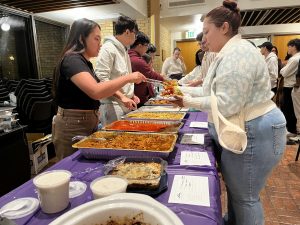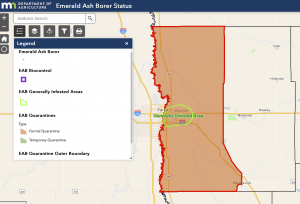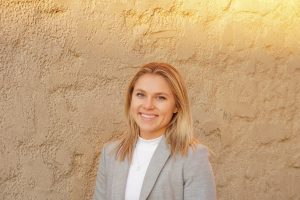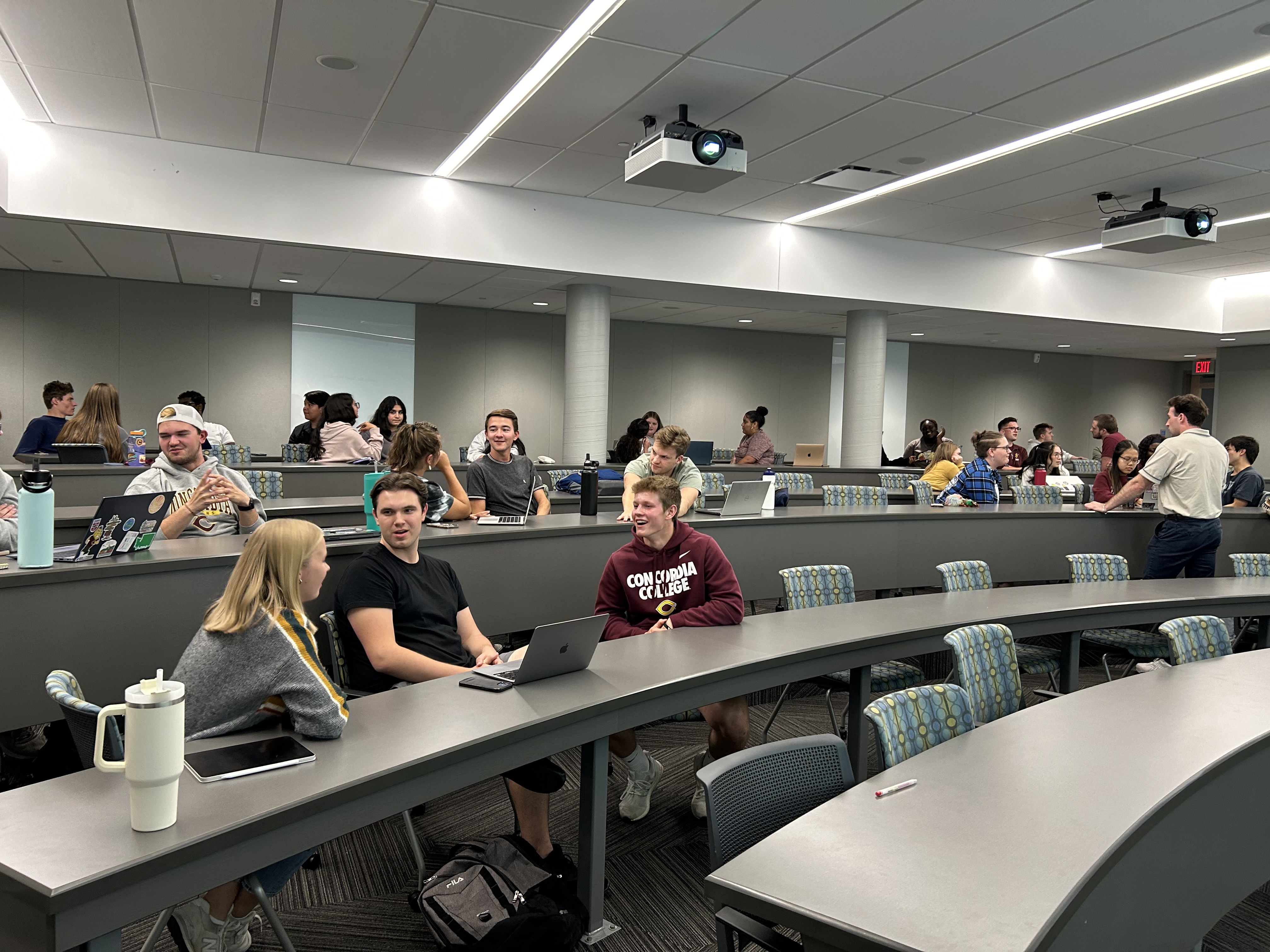The Student Academy for Nutrition and Dietetics (SAND) hosted speaker Nicole Wavra in a virtual session titled “Getting to Know Eating Disorders” on Wednesday, Sept. 18. SAND president, Jenny Bratsch, stated the goal was to bring together students going into a variety of healthcare professions to get a taste of how to – and not to – work with patients who have eating disorders.
Wavra is a speaker from an organization known as Eating Disordered Registered Dietitians & Professionals (EDRDPro). EDRDPro brings together a wealth of knowledge about addressing and treating eating disorders and provides it to dietitians, nutritionists and students.
The presentation, which took place over Zoom, covered social determinants of health, Health at Every Size (HAES), what eating disorders can look like, and what to do to best help patients who have or may be developing eating disorders.
The bulk of the presentation surrounded HAES- what it is, and what it isn’t. A common misconception, according to Wavra, is that HAES principles say everyone is healthy at any size.
“Really it’s largely about people getting appropriate healthcare and having the ability to pursue health and wellbeing regardless of size,” Wavra said.
Within this, she explained that health goes deeper than a number on a scale, and the number shouldn’t determine a person’s ability to find healthcare and treatment for non-weight-related concerns.
Wavra was careful to explain that HAES is not a fad or health trend. HAES is backed by science and has existed before and outside of the body-positive and body-neutral internet trends. When asked, Wavra said she could see benefits to both of these movements, as long as they are applied realistically and on an individual level.
Following an explanation of HAES, Wavra moved to cover more misconceptions surrounding eating disorders, namely the idea people with eating disorders have a certain “look” to them, or only a certain group experiences these disorders.
“Literally anyone could have an eating disorder,” Wavra said. “There’s never a single cause of an eating disorder. Instead, it’s kind of a perfect storm.”
“Eating disorders are not a choice. (Eating Disorders) are a brain-based disorder, they have the second highest mortality rate of any mental illness,” with only substance abuse being more deadly.
Wavra ended her presentation with some tips that apply to anyone who is struggling with or helping a loved one through an eating disorder. She broke this down into three steps:
- Avoid appearance comments: even positive comments can be damaging. Instead, complement their strengths.
- Refrain from good/bad food and body talk: This black-and-white thinking can be particularly dangerous to those with eating disorders as the mental disorder encourages seeing food and body as “good” or “bad.”
- Don’t give generic food and exercise recommendations: However well-intentioned, everyone’s body is different and their physical needs will vary.
Bratsch invites anyone who would like to get involved with SAND can show up at a future event.
“Trying to educate our peers on nutrition while also trying to have, you know, some fun,” Bratsch said.






Be First to Comment